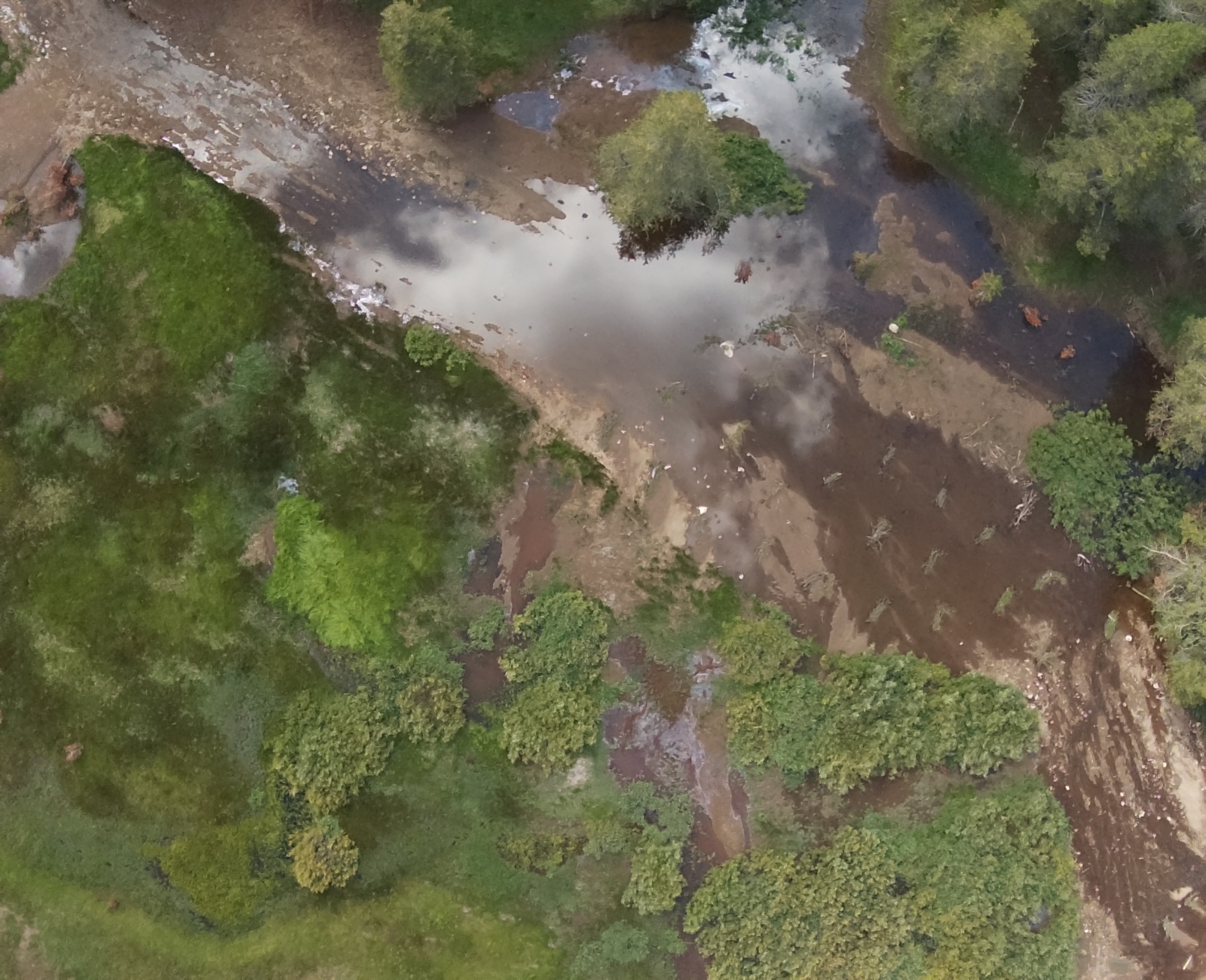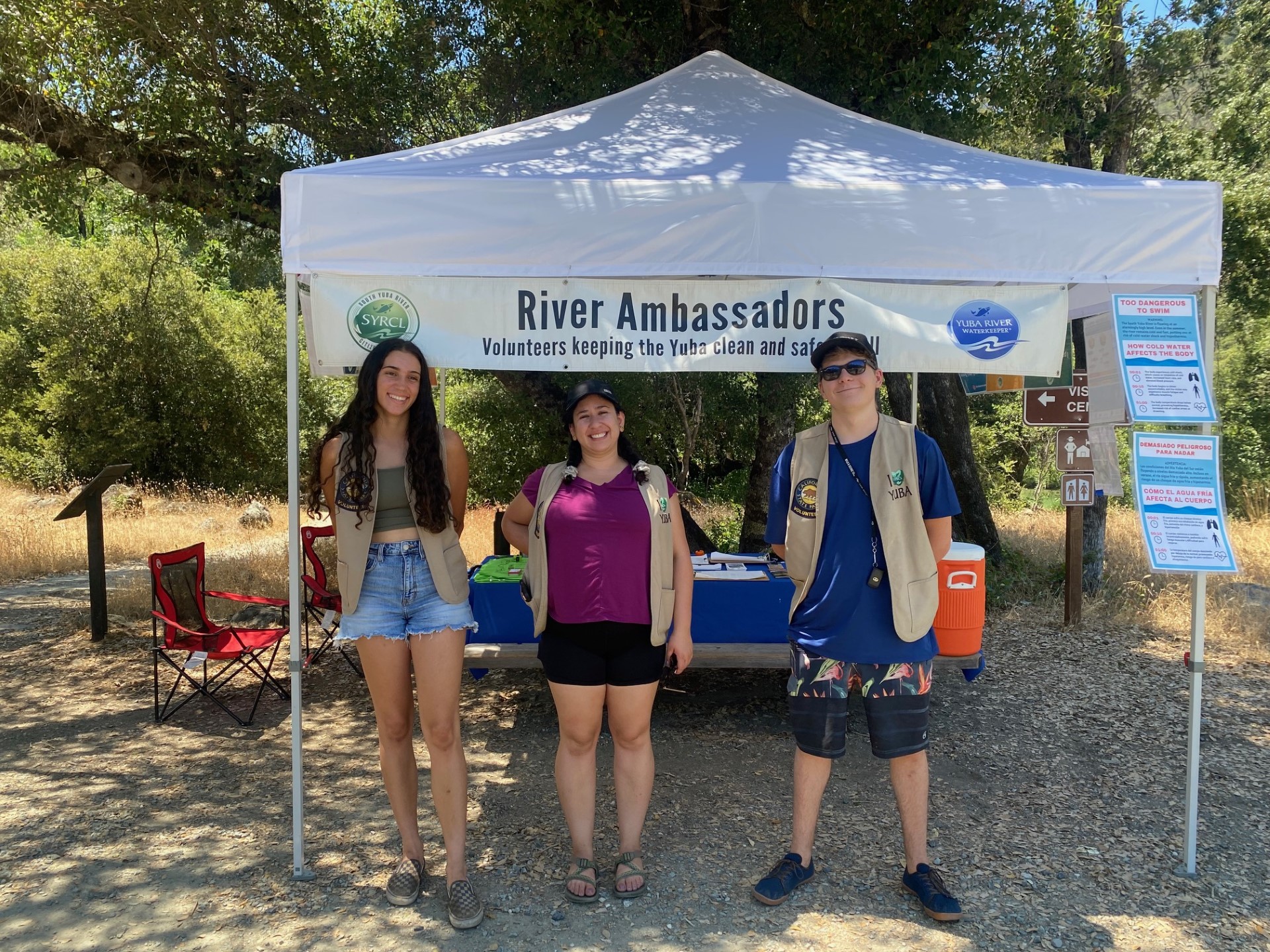Analysis of the new Clean Water Act Section 401 Rule
On September 5, 2023, the Federal Energy Regulatory Commission (FERC) issued an Order that reaffirms the California State Water Board’s authority to enforce a “water quality certification” for new hydropower licenses granted to projects such as the Upper Drum-Spaulding, Lower Drum, and Deer Creek hydroelectric projects.
Section 401 of the federal Clean Water Act empowers states to certify that facilities receiving federal licenses or permits adhere to state water quality standards. Through these certifications (also known as “401s”), the State of California can require dam owners to maintain streamflows, water temperatures, or any other water quality impacted by their hydropower operations which is necessary for the well-being of fish and aquatic life, as well as to protect activities like fishing and boating.
SYRCL initially spoke to this issue here: Victory for Environmental Protection: Clean Water Act Prevails in PG&E Hydropower Projects on Yuba and Bear Rivers • SYRCL (yubariver.org)
We are happy to report a related and positive development on the Federal level.
On September 27, 2023, the EPA published in the Federal Register the Final 2023 Clean Water Section 401 Water Quality Certification Improvement Rule.
The EPA reviewed a prior 2020 rule and identified substantial concerns with a number of provisions. This final rule is grounded in the fundamental authority granted by Congress to states, territories, and Tribes to protect water resources that are essential for healthy people and thriving communities. And that’s good news for the rivers that we work to protect.
EPA’s rulemaking and guidance state that they see this rule as “a return to past practices with added clarity.”
Here are some of the key takeaways:
- Water Quality Requirements – The new regulations have a broad definition of the scope of water quality requirements that states may use to condition certification. Rather than limiting the authority to the direct effect of the discharge, this could include conditions that address the project as a whole and any other appropriate water quality-related requirements of state law. States may condition certification on meeting conditions that could impact flows for recreation or endangered species.
- Environmental Impact Reports and Documentation – Prior to an application for a 401, the state may require an applicant to provide information other than the contents specified in the rules. States may, for example, require an applicant to provide a draft Environmental Impact Report.
- Reasonable Period of Time – While the rules allow for a six-month default reasonable period of time for certification unless the permitting agency and the 401 agency agree to a longer period (FERC currently uses a 1-year period), it also requires that the certification clock begins at the time of the initial application rather than when an application is deemed complete. States that have specified additional application requirements can deny an application that does not meet its application requirements.
- Written Explanation – While states are required to specify the basis for their certification conditions, FERC’s review is limited to considering the timeliness of the application.
- Modifications – While 401 agencies (in California this is the State Water Resources Control Board, SWRCB) may not modify conditions of the certification by inclusion of a “re-opener” clause, they may use adaptive management conditions to modify a 401 when triggered by certain circumstances such as reduced water quality, the presence of certain fish species, or even increased recreational use if the specified trigger was included in the original 401. However, they may not add entirely new conditions to a 401 certification.
- Enforcement – The new rule eliminates language in the 2020 Rule that provided that federal permitting agencies have exclusive 401 enforcement authority. The EPA’s commentary makes clear that the entire body of case law supports enforcement by states (where permitted by state law) as well as citizen suits.
In sum, the new rules are substantially better than the 2020 Rule and restore “cooperative federalism” to the 401 certification process. An important goal of section 401 of the Clean Water Act is to ensure that the states, territories, and tribes are empowered to protect water resources. This means that local communities have a say in activities that could potentially impact local waterways.
Jim Murphy of the National Wildlife Federation commented:
“This rule ensures that the people who know these waters best are able to make thoughtful, informed decisions about projects that could harm them. If you care about safe drinking water or if you enjoy fishing, swimming, or boating, you should be glad that states and tribes are able to review proposed projects like dams, pipelines and mines.”
SYRCL appreciates the collective work of the Hydropower Reform Coalition (HRC) (hyperlink?) and all the conservation organizations involved in this effort.
For more information:
EPA bolsters states’ control of water, infrastructure permitting – E&E News by POLITICO (eenews.net)
Did you enjoy this post?
Get new SYRCL articles delivered to your inbox by subscribing to our ENews.




